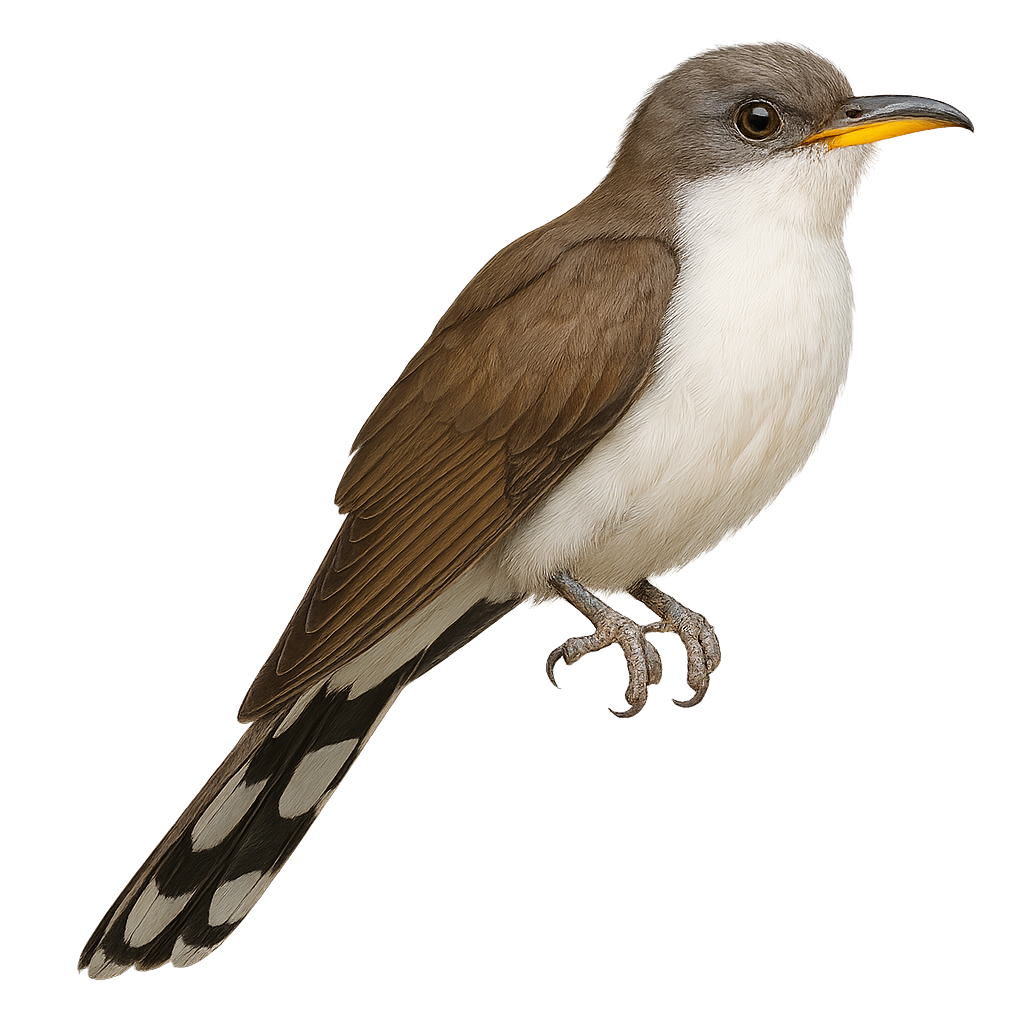Your wildlife photography guide.
Explore the yellow-billed cuckoo in detail, study its behavior, prepare your shots.
Where to observe and photograph the yellow-billed cuckoo in the wild
Learn where and when to spot the yellow-billed cuckoo in the wild, how to identify the species based on distinctive features, and what natural environments it inhabits. The WildlifePhotographer app offers tailored photography tips that reflect the yellow-billed cuckoo’s behavior, helping you capture better wildlife images. Explore the full species profile for key information including description, habitat, active periods, and approach techniques.
Yellow-billed Cuckoo
Scientific name: Coccyzus americanus

IUCN Status: Least Concern
Family: CUCULIDAE
Group: Birds
Sensitivity to human approach: Suspicious
Minimum approach distance: 10 m
Courtship display: May to June
Incubation: 9-11 jours
Hatchings: May to July
Habitat:
Deciduous forests, wooded areas, river edges
Activity period :
Primarily active during the day, with peak activity in the morning and late afternoon.
Identification and description:
The Yellow-billed Cuckoo is a medium-sized migratory bird, measuring about 30 cm in length. It is easily recognizable by its distinctive yellow bill and long brown wings. Its plumage is primarily gray-brown on the top and white underneath, with white spots on the tail. This bird is often heard before it is seen, thanks to its characteristic call. It primarily inhabits deciduous forests and wooded areas near water. A migratory species, it winters in South America. Its diet mainly consists of insects, especially caterpillars, but it also consumes fruits.
Recommended lens:
400mm – adjust based on distance, desired framing (portrait or habitat), and approach conditions.
Photography tips:
To photograph the Yellow-billed Cuckoo, it is advisable to use a telephoto lens of at least 400 mm to capture detailed images without disturbing the bird. Look for it in deciduous forests or near water bodies, where it is often active during the day. Be patient and listen for its distinctive call to locate its position. A tripod can be helpful to stabilize your camera, especially if using a long focal length. Try to capture the bird in flight to highlight its long wings and distinctive yellow bill.
The WildlifePhotographer App is coming soon!
Be the first to explore the best nature spots, track rutting seasons, log your observations, and observe more wildlife.
Already 1 432 wildlife lovers subscribed worldwide

